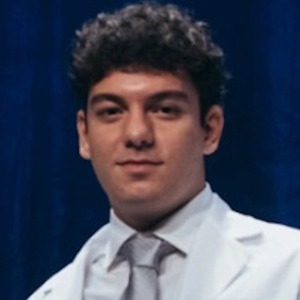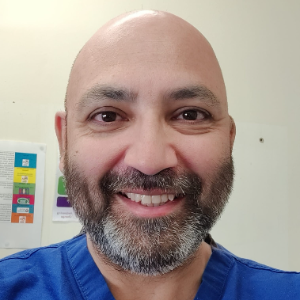Orthopaedics And Traumatology
Orthopaedics and Traumatology represent integral components of the medical field, focusing on the diagnosis, treatment, and management of musculoskeletal conditions and traumatic injuries. Orthopaedics encompasses a diverse range of specialties, including joint replacement, sports medicine, spine surgery, and pediatric orthopaedics. This discipline addresses both congenital and acquired musculoskeletal disorders, providing comprehensive care to individuals of all ages. Traumatology, on the other hand, specifically deals with injuries resulting from accidents, falls, or other traumatic events, often involving fractures, dislocations, and soft tissue injuries. The collaboration between orthopaedics and traumatology is evident in their shared goal of restoring function, alleviating pain, and improving the overall quality of life for patients. Orthopaedic surgeons, often at the forefront of patient care, employ advanced diagnostic techniques such as imaging studies, including X-rays, CT scans, and MRI, to precisely assess the extent of musculoskeletal conditions or traumatic injuries. Orthopaedic specialists use their expertise to differentiate between various disorders, tailoring treatment plans to address the unique needs of each patient. Treatment modalities within orthopaedics and traumatology span a spectrum of approaches. Non-surgical interventions, such as physical therapy, medications, and bracing, are commonly employed to manage musculoskeletal conditions and certain traumatic injuries. When surgical intervention is warranted, orthopaedic surgeons utilize a range of procedures, from arthroscopic surgeries for minimally invasive joint interventions to complex reconstructive surgeries for fractures or joint replacements. Joint replacement surgeries, a significant facet of orthopaedics, involve the replacement of damaged or arthritic joints with prosthetic implants, providing relief from pain and restoring functionality. Advances in materials and surgical techniques have significantly improved the outcomes of joint replacement procedures. Sports medicine, another specialized field within orthopaedics, focuses on the diagnosis and treatment of sports-related injuries, ranging from ligament tears to stress fractures, often employing both surgical and non-surgical approaches.

Stephen S Tower
University of Alaska Anchorage, United States
Marcos Brioschi
American Academy of Thermology, United States
Wagih El Masri
Keele University, United Kingdom
Arif Akkok
Lake Erie College of Osteopathic Medicine, United States
Akash Ganguly
Warrington and Halton Hospitals NHS FT, United Kingdom
Sajid Ali
The Dudley Group NHS Foundation Trust, United Kingdom




Title : The UK profemur recall and implant cobaltism
Stephen S Tower, University of Alaska Anchorage, United States
Title : The tomographic phenotype and the genotype of wormain bones
Ali Al Kaissi, National Ilizarov Medical Research Center for Traumatology and Orthopaedics, Russian Federation
Title : New treatment of muscle contracture and joint contracture through muscle regeneration with mitochondrial dynamics
Ki Ji Lee, Busan Medical University, Korea, Republic of
Title : New treatment of sarcopenia through muscle regeneration with mitochondrial dynamics
Ki Ji Lee, Busan Medical University, Korea, Republic of
Title : The prevalence and association of self-reported depression symptoms with musculoskeletal pain and quality of life among pregnant women
Youssef Masharawi, Tel Aviv University, Israel
Title : Bipolar hemiarthroplasty under local anesthesia (2%)
Ketan Karabhai Parmar, Aayush Multispecialty Hospital, India